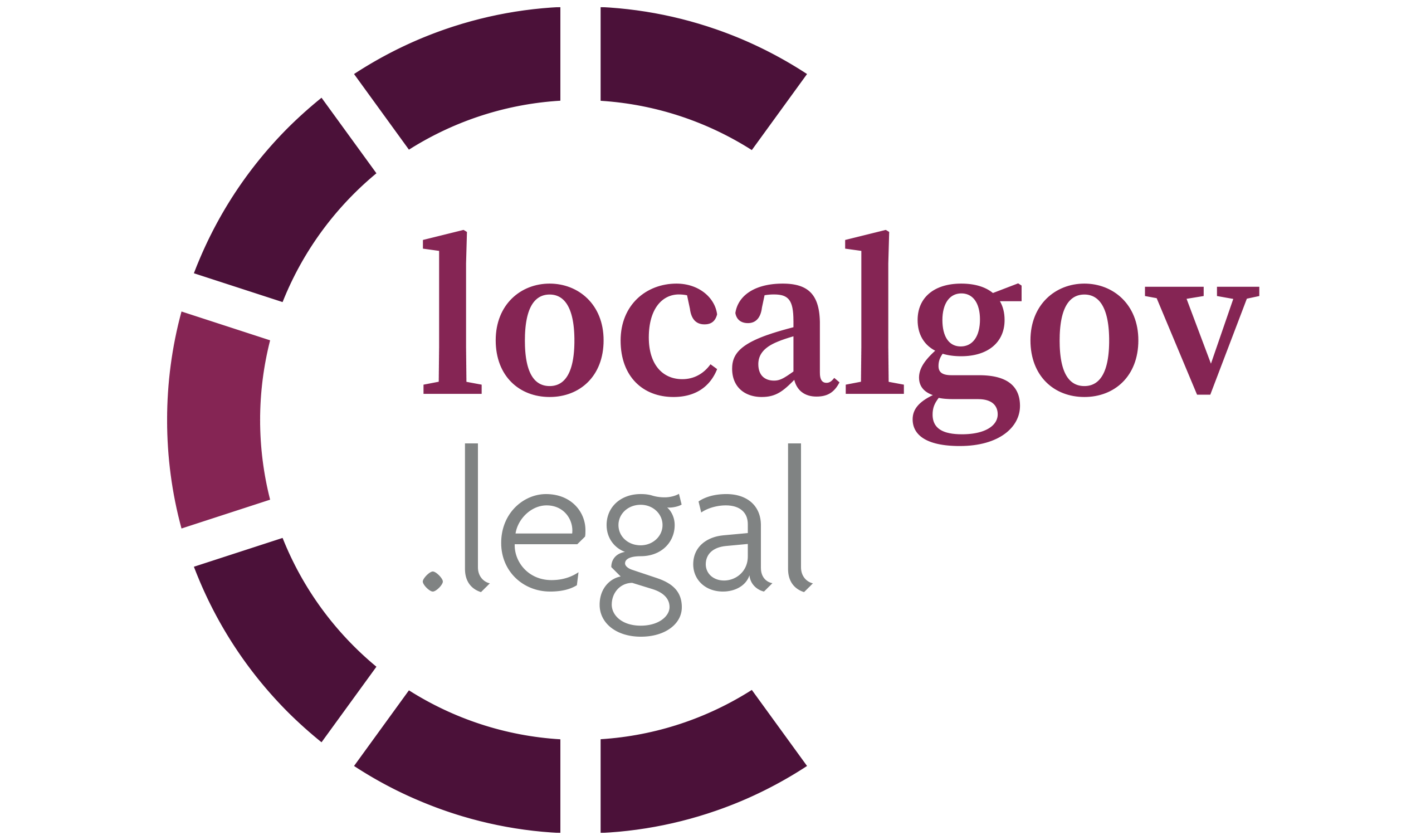Councils have relied on housing revenue accounts to help boost their decent homes standard. However, Campbell Tickell, discusses that since the standards of homes have increased, should these accounts still be considered useful?
“Should we re-open our Housing Revenue Account?” (HRA) This question is one which many local authorities that have previously sold their housing stock via stock transfer (and hence closed their Housing Revenue Account) have been grappling with over the past few years. From the work we have undertaken over recent years with a number of councils considering re-opening an HRA, the answer would have to be: “it depends”.
Why consider it?
Many – probably the majority – of stock transfers occurred more than 20 years ago. They took place for a variety of reasons, but most often were driven by the desire to achieve the decent homes standard by unlocking investment from housing associations that councils simply couldn’t afford.
Fast-forward to the present day and things look a little different. A combination of fire safety requirements, net zero-carbon targets and underperforming repairs services mean stock investment needs are higher than ever. These and other current dynamics mean there is a trend for acquisitions and mergers among housing associations to try to achieve ever-improving economies of scale. As a result, it is becoming increasingly likely that connections between local authorities and the organisations to which they transferred their housing stock have fractured, with a sense of a loss of control over how social housing can best be used to meet local conditions and needs.
Add to this the pressures being felt by councils in respect of the use of high-cost temporary accommodation to meet homelessness needs, as well as pressures on children’s services and adult social care budgets – both of which typically come with a degree of need for some form of housing solution – and it is clear that a joined-up, housing-led solution could be seen as being an attractive proposition. When you take into account the lifting of the cap on HRA borrowing in 2018, and the (still) relatively cheap borrowing available from the Public Works Loans Board (PWLB), it is easy to see why many local authorities consider re-opening an HRA to help address these challenges. So what are the next steps and considerations for those that are keen?
Regulatory issues
It should be noted that a local authority could develop/acquire and hold up to 199 new council homes within the powers set out in Part II of the Housing Act 1985 (the 1985 Act) or Section 74(1) of the Local Government and Housing Act 1989 (the 1989 Act) without actually opening an HRA. This is provided a “direction” is obtained from the Secretary of State to waive the requirement to maintain an HRA (usually a formality). The requirement to establish an HRA would come into force once the number of properties owned reaches 200 or more.
Opening a new HRA is a pretty straightforward process, requiring little in the way of formal regulatory approval. It does, however, come with the burden of a regulatory framework which has been increased by the expansion of the Regulator of Social Housing’s remit to cover stock-holding local authorities, initially in respect of the application of the Rent Standard to council rents, but now also covering the application of Consumer Standards.
Financial issues
Financially, the HRA is a ring-fenced account within the General Fund (GF), which broadly means that rental income cannot be used to help fund non-HRA activity. Also, GF resources cannot be used to support HRA activity – the HRA should be to all intents and purposes self-financing. This includes being able to meet any financing costs of new borrowing undertaken to fund HRA acquisitions/developments. From previous experience, this gives rise to one of the key potential barriers to opening an HRA to own and operate new council housing: that of financial viability.
Cashflow is key to any new organisation, particularly during the early years of operation, and for a new HRA it will be critical to help ensure regulatory compliance. Under Section 76 of the 1989 Act, the council has a duty to “prevent a debit balance on the HRA”, i.e. avoid the account going into deficit. An organisation with a very small amount of stock – such as a local authority with an embryonic HRA – will need to be able to recover its overhead costs (i.e. its democratic and central support costs), in addition to its operational costs and any debt financing costs from the income arising from a small stock base.
To ensure long-term viability, it will be vital to achieve a critical mass of properties as soon as possible: i.e. a stock base of sufficient size to enable economies of scale in respect of overheads to improve viability. The size of this critical mass will vary depending on the circumstances of the local authority, but in order to achieve this we have found that a ready supply of developable land is important.
Alternative solutions
Given the potential financial challenges, a key question is: why use an HRA over other options? Alternative solutions include:
- Entering into an arrangement with an existing housing provider for them to develop new housing, perhaps on land provided by the council. While this could achieve a similar outcome, it would be at the cost of the degree of control able to be exercised by the local authority
- Establishing a new housing provider for the purpose of owning and operating new social housing. This could be a relatively lengthy process compared to establishing a new HRA, as well as potentially being a more expensive process, and also more expensive to operate as a separate stand-alone company
- Setting up wholly-owned companies to own and operate sub-market housing. Again, this could potentially be a more expensive option to operate as a stand-alone company
Councils considering any of these options would need to consider the relative risks and rewards in determining its strategy going forward.
No single answer
If there is sufficient land and resources available to enable a critical mass of social homes to be achieved, then a new HRA could potentially be made to work – but cashflow is key. It may not be the right solution for every council, and one or more of the alternatives could provide a more effective solution.
Ultimately there is no single answer to the initial question of whether or not to re-open an HRA. One size does not fit all, and, as we said at the outset, the decision will very much depend on the individual set of circumstances for each local authority.
As well as being published on NewStart this article was featured in the latest CT Brief – Issue 71.
Images: rivage and nattanan23
More from Campbell Tickell:
Feature: Campbell Tickell chats to the outgoing CEO of Clanmil

















Leave a Reply